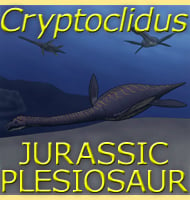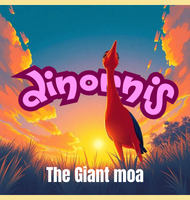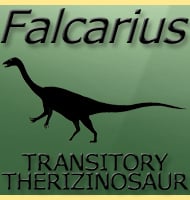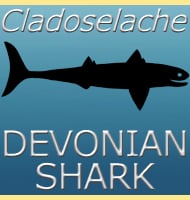In Depth
Babakotia was what is more commonly known as a sloth lemur. This is because unlike the lemurs that we know today, Babakotia had body proportions more like those of a sloth, something which has led to speculation that this lemur was also sloth like in its behaviour. The term sloth lemur is a descriptive title that is also shared by others such as Archaeoindris, Mesopropithecus and Palaeopropithecus, all from Madagascar since all lemurs are indigenous to this location. Babakotia is not as big as other sloth lemurs it is related to, yet it is still one of the more important ones since it physiology is closer to that of an in between phase between small sloth lemurs and the large sloth lemurs. The feet of Babakotia were reduced in size and the hip and ankle joints were well enough developed to make Babakotia a capable climber, although it almost certainly could jump from branch to branch like smaller modern lemurs. Babakotia is usually interpreted as being a folivore, a herbivore that specialises in the eating of leaves, although it is probable that Babakotia also ate fruit and seeds when available. Like with modern indriid lemurs, the permanent teeth developed early, an adaptation that is thought to increase the chances of juvenile survivability in the dry seasons.
There is some confusion regarding the dental formula of Babakotia since one of the anterior teeth in the lower jaw might actually be an incisor or a canine. This results in the dental formula of the lower jaw being either 1.1.2.3 (one incisor, one canine, two premolars, three molars) or 2.0.2.3 (two incisors, no canines, two premolars, three molars). However when compared with the dental formula for the upper jaw of 2.1.2.3 (two incisors, one canine, two premolars, three molars) the total tooth count of Babakotia ends up being thirty regardless of which lower jaw dental formula is correct.
Fossil evidence tells us that Babakotia lived across the most northern reaches of Madagascar alongside other related species of sloth lemur, specifically Palaeopropithecus maximus and Mesopropithecus dolichobrachion. All of the known remains of Babakotia are currently classed as sub fossils. What this means is that when they were discovered, the remains had not yet gone through a complete fossilisation process and are of a different consistency than older fossils that have gone through a more complete process. One part of the reason why these bones have not been completely fossilised is that they are only a few thousand years old, and the fossilisation of true fossils takes much longer to complete. Sub fossils of extinct animals are actually quite well known from Madagascar, with another example being the crocodile Voay.
Babakotia is thought to have shared the same fate as the other sloth lemurs and other large forms such as Megaladapis (a.k.a. the Koala lemur). Ultimately these lemurs seem to have suffered the combined effects of hunting and habitat loss at the hands of the first human settlers upon Madagascar.
Further Reading
– A new fossil lemur (Babakotia, Primates) from northern Madagascar. – Comptes Rendus de l’Acad�mie des Sciences. 2. 81: 81–87. – L. R. Godfrey, E. L. Simons, P. J. Chatrath & Rakotosamimanana – 1990.









